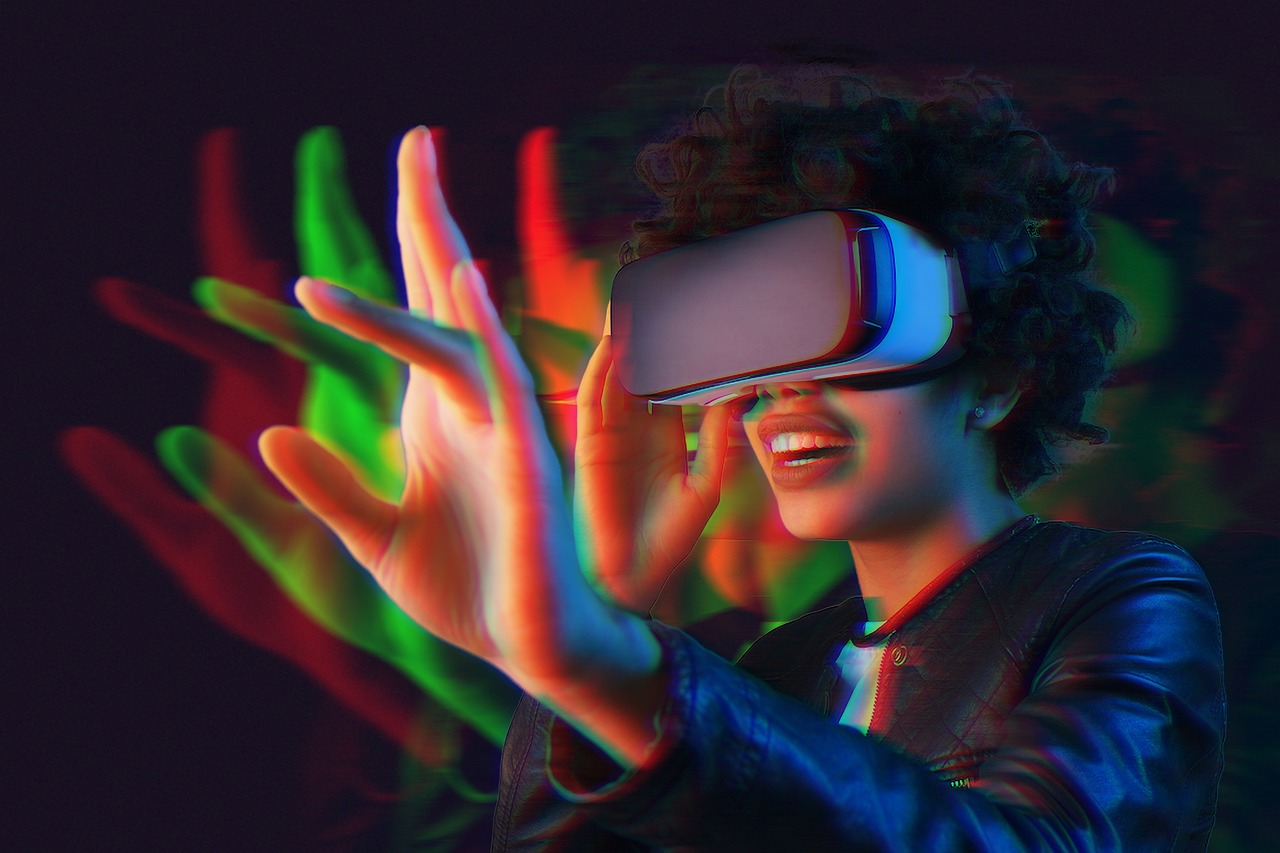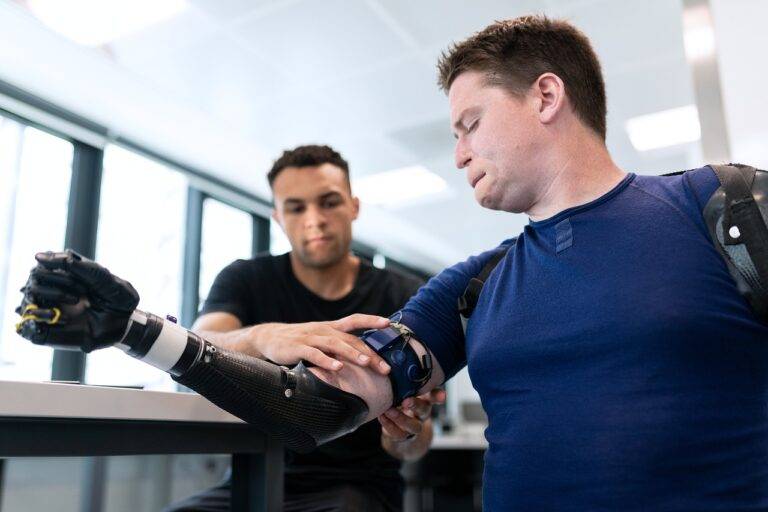Innovations in Brain-Computer Interface (BCI) Technology
Neural implants have undergone remarkable advancements in recent years, revolutionizing the field of neuroscience and paving the way for new possibilities in treating neurological disorders. Utilizing cutting-edge technology, these implants are designed to interact directly with the brain’s neural circuits, offering potential solutions for conditions such as Parkinson’s disease, epilepsy, and even paralysis.
One key development in neural implant technology is the miniaturization of devices, allowing for more precise placement within the brain with minimal invasiveness. This has led to improved functionality and reduced risk of complications, enhancing the safety and efficacy of neural implants for patients. Additionally, advancements in wireless communication and data processing have enabled real-time monitoring and connectivity, providing researchers and healthcare professionals with valuable insights into brain activity and potential interventions.
Enhancements in Neural Signal Processing
Neural signal processing has witnessed remarkable advancements in recent years, pushing the boundaries of decoding brain activity. Innovative techniques have enabled researchers to extract and interpret neural signals with enhanced precision and speed. This progress is pivotal for developing more efficient brain-computer interfaces that can improve communication, mobility, and quality of life for individuals with neurological disorders.
Moreover, the integration of machine learning algorithms has revolutionized neural signal processing by enabling real-time analysis and feedback. By leveraging these sophisticated algorithms, researchers can decode complex patterns in neural signals and translate them into actionable commands, allowing for more seamless interaction with external devices. This synergy between neuroscience and machine learning holds immense promise for the future of neural interface technologies.
Neural signal processing has seen significant advancements in recent years
Innovative techniques have improved the precision and speed of decoding brain activity
These advancements are crucial for developing more efficient brain-computer interfaces
Machine learning algorithms have revolutionized neural signal processing
Real-time analysis and feedback are now possible thanks to these algorithms
Complex patterns in neural signals can be decoded and translated into actionable commands with machine learning integration
The synergy between neuroscience and machine learning shows great potential for future neural interface technologies
Breakthroughs in Neurofeedback Systems
In recent years, there have been significant breakthroughs in neurofeedback systems, revolutionizing the field of brain-computer interfaces. Researchers have been able to develop more advanced algorithms that interpret brain signals with greater accuracy and speed, allowing for real-time feedback to individuals engaging in neurofeedback training. This has opened up a world of possibilities for using neurofeedback to help manage various neurological disorders and enhance cognitive functions.
Furthermore, the integration of machine learning techniques has further improved the performance of neurofeedback systems by enabling them to adapt to individual differences in brain activity patterns. This personalized approach has shown promising results in optimizing the effectiveness of neurofeedback training, leading to better outcomes for patients undergoing treatment for conditions such as ADHD, anxiety, and depression. With ongoing advancements in this field, the future looks bright for the continued development and application of neurofeedback systems in healthcare and beyond.
What are some of the advancements in neural implants mentioned in the article?
The article discusses advancements in neural implants that allow for more precise and targeted stimulation of the brain, leading to improved outcomes in neurofeedback systems.
How has neural signal processing been enhanced in recent developments?
Recent developments have seen enhancements in neural signal processing techniques, allowing for more accurate and real-time monitoring of brain activity in neurofeedback systems.
What are some of the breakthroughs in neurofeedback systems highlighted in the article?
The article highlights breakthroughs in neurofeedback systems that have improved the effectiveness and efficiency of treatments for various neurological conditions, such as depression, anxiety, and ADHD.






